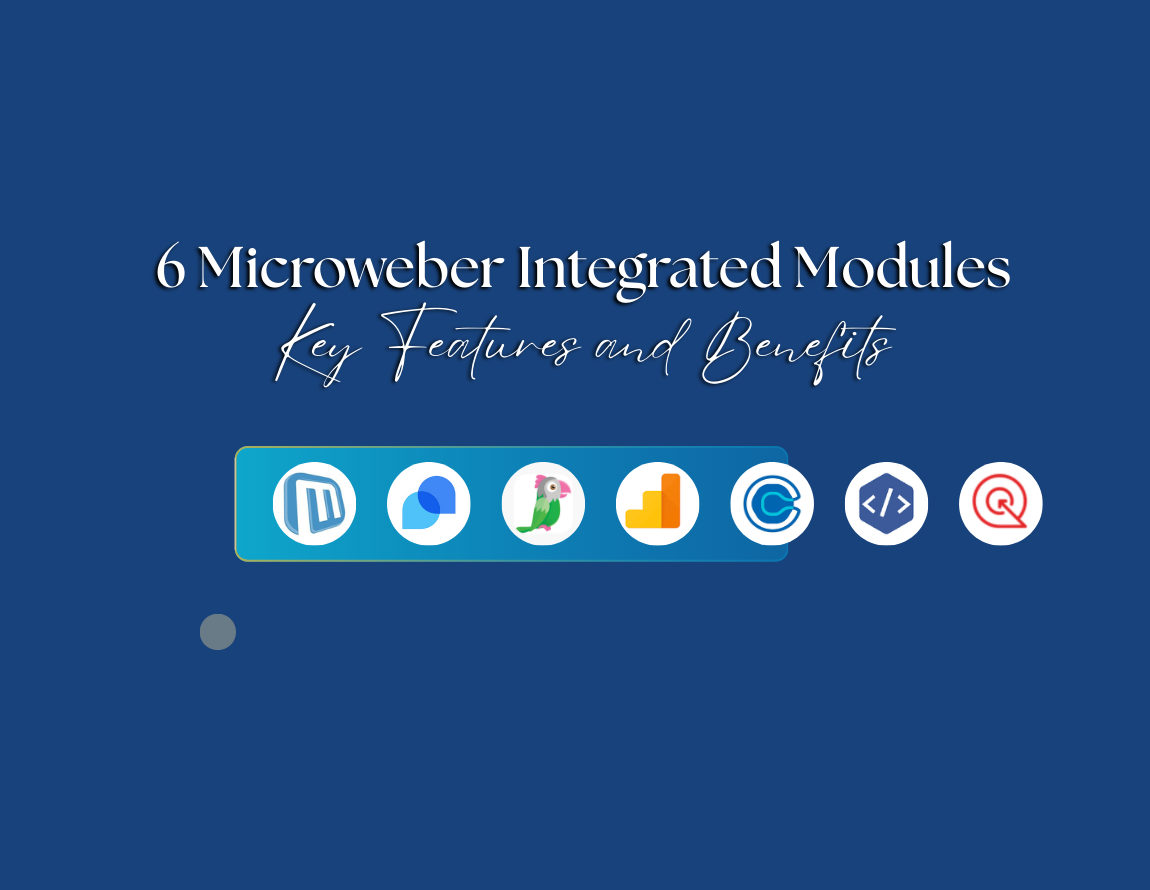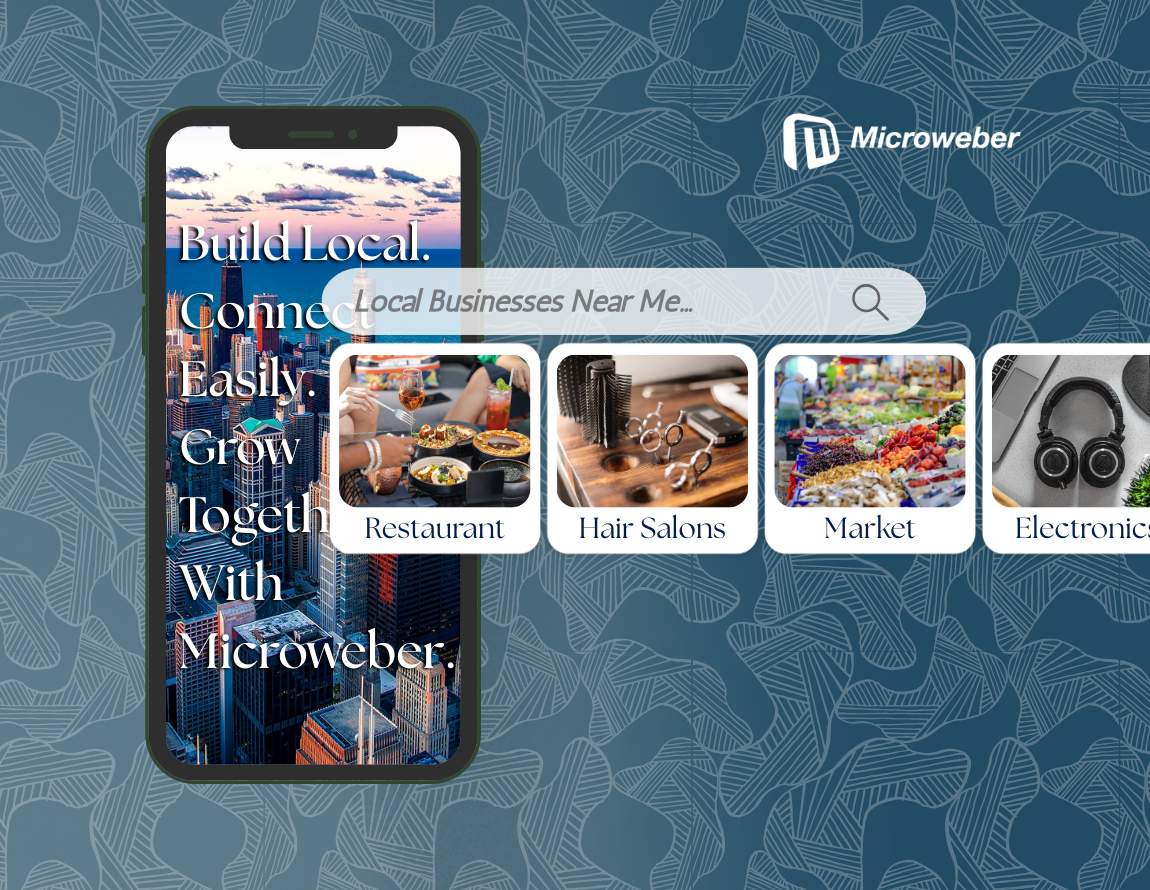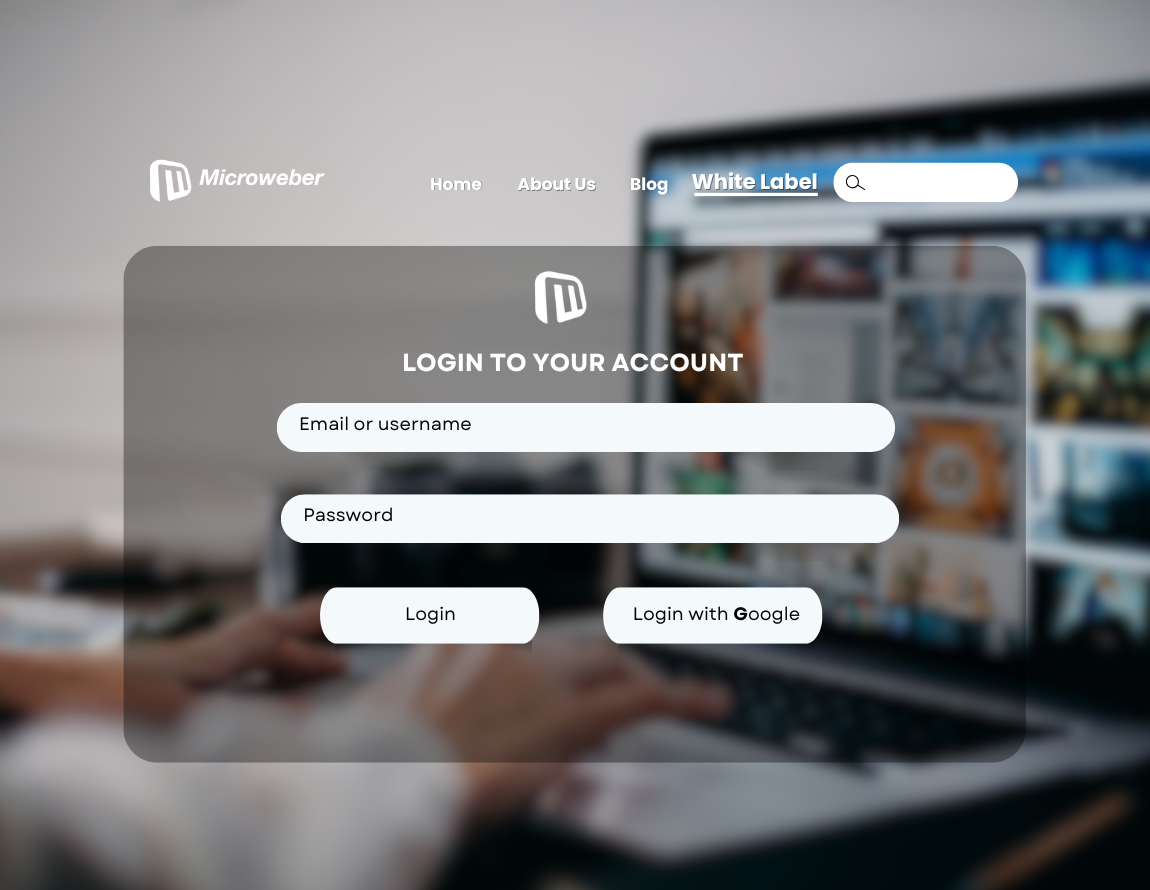Configure Payment Gateways and Shipping in Microweber Open-Source CMS
Posted on: April 07, 2025 Updated on: April 07, 2025 by Nada Allam A successful online store is more than selling some great products online, the essence lies in providing your customers with a seamless experience.
A successful online store is more than selling some great products online, the essence lies in providing your customers with a seamless experience.
An important aspect of this experience includes making easy payments as well as easy, reliable shipping methods.
But how can you make sure your shop will be set up to succeed on both sides? That's where Microweber, an open-source content management system, enters the scene.
Its ease of use and strong e-commerce features enable easy addition of payment gateways and shipping services, so you can focus on building your business rather than messing with the software.
The Significance of Payment Gateways in E-commerce
Payment gateways and shipping partners share supportive roles in providing a great customer experience.
With both in seamless unison, your e-store will inspire confidence, build loyalty, and even lead to higher conversion rates.
Understanding Payment Gateways and Their Role
Payment gateways serve as the bridge between your online store and the banks your consumers have.
Payment gateways transmit information securely so that the transactions are completed on time and securely.
Without a suitable gateway, your store may be faced with issues like abandoned carts and fraudulent payments.
Trust must be built by a reliable payment gateway so that payments get completed.
You have a selection of gateways, so the selection will have a direct positive effect on the performance of your store and your satisfied clients.
Impact on Customer Trust and Sales
If the consumers are confident that their information is being processed securely, they will be more willing to make the purchase.
A straightforward and secure transaction reduces cart abandonment, which can, in turn, boost sales as well as customer satisfaction.
Introducing Microweber: Why It's Ideal for E-commerce
A free open-source content management system, Microweber makes running an online shop much easier.
With a drag-and-drop editor and full e-commerce functionality, Microweber makes the setup and configuration of your shop, as well as the integration with the gateways and shipping companies, as easy as possible.
Microweber's simplicity and versatility are ideal for companies that prefer full control over the store appearance as well as functionality.
It accommodates a wide variety of payment and shipping options that will be suitable for both local and global businesses.
Features of Microweber that Enhance Payment Integration
Microweber makes integration with the payment gateways easier, with full support for the more popular gateways such as Stripe and PayPal.
With the platform enabling the users to easily connect shop with the gateways, the transactions become seamless.
Comparison with Other E-commerce Platforms
Compared with proprietary e-commerce software, Microweber's open-source system grants full control over the store's functionality.
This gives the store's owner the opportunity to customize and apply payment gateways and shipping methods not currently supported by a proprietary system.
Preparing to Set Up Payment Gateways in Microweber
Before installing a payment gateway, some essential things should be prepared in advance for a smooth integration.
It is essential that you have the correct credentials and select the optimal gateway for your business for a successful installation.
With the learning gained on the requirement and the gateway selection, you will be well placed in seamlessly integrating secure payments and provide your clients with the optimum experience.
Prerequisites for Setting Up Payment Gateways
Firstly, you will require administrator access to your Microweber store as well as an active merchant account with your merchant service provider.
Don't forget to get the necessary API keys or credentials from your payment gateway provider.
Choosing the Right Payment Gateway for Your Business
Selecting the right payment gateway is a requirement if you want to make your sales process streamlined.
Consider the transaction charges, the accepted payments, and whether the gateway accommodates international transactions.
Opt for a gateway that your business and your clients will adore.
Step-by-Step Process to Set Up Payment Gateways
It's easy to configure your payment gateway in Microweber. Your system is easily integrated with a multitude of payment providers and guides you through the configuration.
What follows is a step-by-step system for a smooth setup. Follow the instructions carefully.
From logging into your admin dashboard to looking over the payments system, each step assists you in setting up your payment gateway so it can accept payments.
1. Accessing the Admin Panel: Where to Start
Log in to your Microweber admin panel to access all the tools necessary to set up your store. After logging in, navigate to the E-commerce section.
2. Navigating to the E-commerce Settings
Go to the Payments section in your admin menu. It will be the location that you will utilize for editing and configuring your payments.
3. Selecting a Payment Gateway: Options Explained
Choose your suitable payment gateway for your shop. Microweber supports a wide range of famous gateways, including two: Stripe and PayPal. All have different features, so pick the one that will be suitable for your clients as well as the volume of your sales.
4. Entering API Keys and Account Information
After you have selected your payment gateway, input your API keys or credentials if the provider of the payment service requires them.
Inserting your credentials links your store with the payment system so that you can receive payments.
5. Finalizing and Testing Your Payment Gateway Setup
After you have saved your payment settings, test the test transaction using the test mode or sandbox.
This ensures the gateway will function as expected before you go live with accepting actual payments.
Setting Up Shipping Options Alongside Payment Gateways
Shipping opportunities are as important as gateways in offering a great customer experience.
All modes of shipping allow the clients the convenience of choosing the most suitable one based on their requirements.
Whether you wish to offer flat rate shipping, weight shipping, or free shipping, Microweber lets you make your clients as convenient as possible.
Proper organization of the shipping alternatives would be the ideal way not to enable cart abandonment and to provide a good shopping experience.
Understanding Different Shipping Methods and Their Benefits
Your merchandise and target audience will decide the shipping methods.
Common examples are:
Flat Rate Shipping: A flat charge no matter the size or weight of the order.
Weight-Scale Shipping: Shipping rates that rise based on the weight of items.
Free Shipping: Often employed as a special promotion for bulk orders or special items.
Steps to Configure Shipping Settings in Microweber
To arrange for shipping, go to the E-commerce settings and Shipping. In the latter, shipping zones for the regions and countries you sell into can be arranged.
You can then make a selection for the shipping methods you want to enable and arrange associated pricing.
Syncing with Shipping Carriers for Efficient Logistics
Microweber integrates with shipping carriers including FedEx, UPS, and DHL so that you can display real-time shipping prices, print labels, and track shipments.
It makes shipping easier for your business as well as your clients and more systematic.
Common Challenges in Payment Gateway Setup and Solutions
Integrating the shipping method and payment gateway would be easy, but some issues might arise when doing so.
Learning what to watch for and how to resolve them will save you time as well as keep issues away from your store's functionality.
You can make sure your payment and shipping mechanisms run smoothly by anticipating problems.
Identifying and Resolving Connection Issues
If your payment gateway is not connecting, ensure that you have typed the API credentials and keys correctly.
Occasionally the connection issues are due to incorrect details or internet issues.
Dealing with Payment Failures: What to Check
Payment failure can happen if the API keys are not updated or if any transaction limit exists.
Double check your payment gateway's account settings so as not to have any restricted settings enabled that would block transactions.
Best Practices for Maintaining Payment Gateway Functionality
To keep payments working, update your API keys regularly and have transactions log-free of discrepancies. Test regularly so you know all things are running as expected.
Conclusion
Payment gateways and shipping methods have to be configured so that the shopping experience is a smooth one.
Microweber's open-source content management system makes it possible to easily enable secure payments and variable shipping.
Your clients get a seamless shopping experience every time they shop.
It's your turn now to be in control of your e-commerce success. Start configuring your shipment and payment methods with Microweber today and give your shoppers the experience they deserve!
Visit Microweber Official Website, open your e-store, and start the first step on international trading!
FAQs
What is a payment gateway?
A payment gateway is a service that enables internet payments by securely transmitting the payment information between your store and the customer's bank.
How to compare payment gateways?
Compare the gateways based on transaction cost, modes of payments accepted, integration ease, and global coverage.
Why choose Microweber for your online store?
Microweber is an open-source cms with simplicity and flexibility. It's the customizable qualities, including shipping and payment gateways, that make it ideal for businesses looking to create an ultracustomizable web shop.






